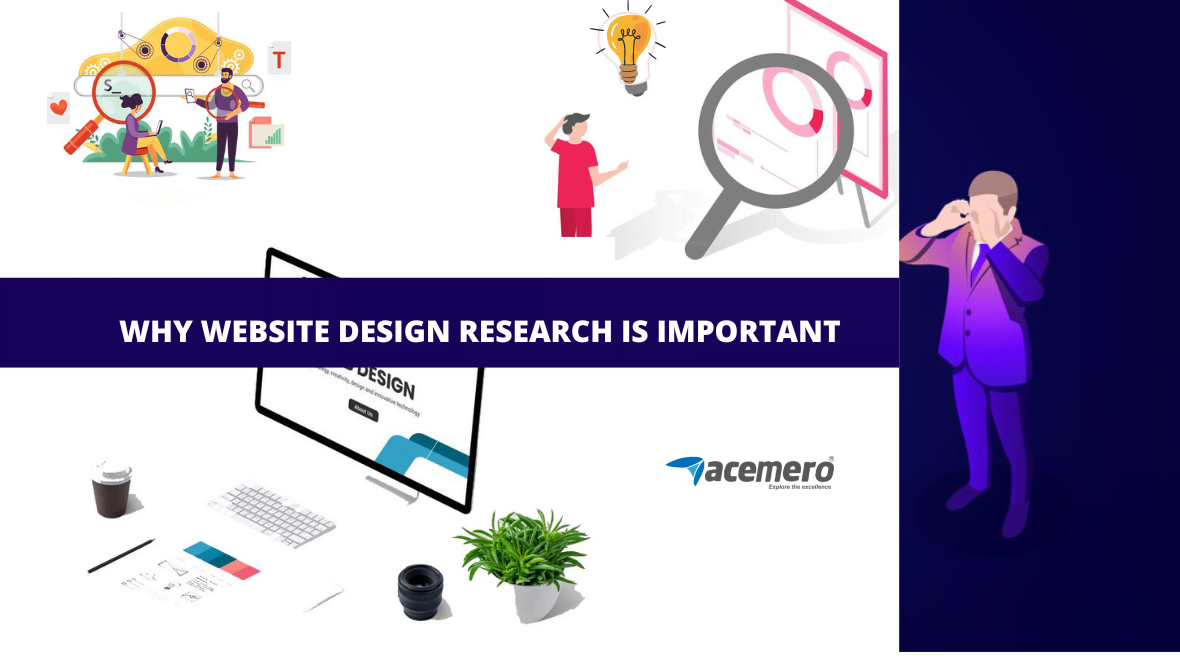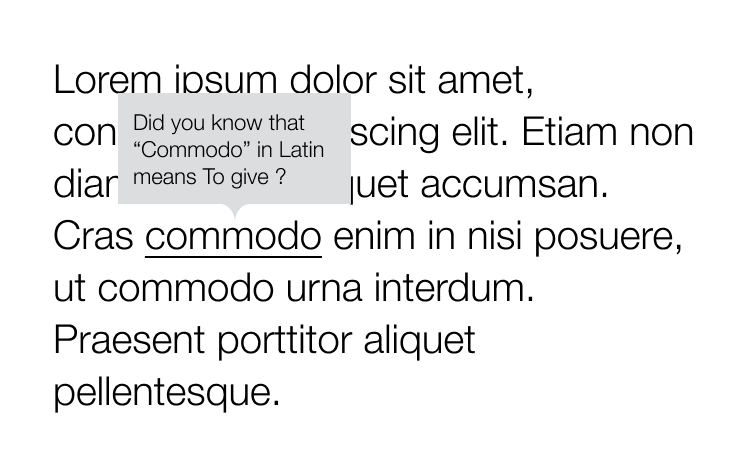
Website Design research aids in improving our comprehension of users, putting them first among our client’s needs, and adding value to the issues we are addressing for them.
The systematic study of context, motivation, and behavior in humans is known as design research. At MentorMate, we employ design research to enhance our understanding of our consumers and provide value to the issues we resolve for our customers.
It enables us to give our end users higher priority than our client’s needs. Before any product development, design research ensures that teams are producing the correct item, which adds value.
One of the first inquiries we receive from customers when we discuss is, “How much will the website development cost?” And it’s a good question, too! The cost and schedule of a project are typically increased by design research. But it also comes with it a tonne of extra value and money savings.
Before website development starts, design research focuses on the scope and corrects design problems.
Table of Contents
- 0.1 Before website development starts, design research focuses on the scope and corrects design problems.
- 0.2 What should be designed properly? Were we successful in our design?
- 0.3 Structure establishes velocity and speed in the design study.
- 0.4 Bias is eliminated by design study.
- 1 Design research categories
Early in a client engagement, we perform a design study to learn about the issues customers face.
We occasionally encounter clients that approach us with a solution rather than a problem or need related to their organization
It is our responsibility to determine whether that approach is the best fit in particular circumstances.
By talking to actual customers and assessing whether their solution addresses the issues and wants of those who will be using their product, we add value for our clients through design research.
What should be designed properly? Were we successful in our design?
Early in a client engagement, we perform a design study to learn about the issues customers face.
We occasionally encounter clients that approach us with a solution rather than a problem or need related to their organization.
It is our responsibility to determine whether that approach is the best fit in particular circumstances.
By talking to actual customers and assessing whether their solution addresses the issues and wants of those who will be using their product, we add value for our clients through design research.
Structure establishes velocity and speed in the design study.
We have a tried-and-true technique for design research that enables us to quickly obtain information about users and their demands.
We’re no longer clinging to hope or attempting to understand through hasty chats. Instead, we have a method that adapts consistently to a project’s needs or a question’s intricacy.
Compared to if we just went about things without developing empathy or knowledge for the design user perspective, it aids us in understanding what our recommended solutions need to be more rapidly.
Bias is eliminated by design study.
We all have our own perspectives on the world. We can’t always assume that we will be aware of all the needs, desires, or experiences of our users.
With the use of design research, we can communicate with and learn from our customers about their experiences using our products.
In order to create the greatest and most appropriate solutions for our users through our website design service and development work, design research helps us comprehend and sympathize with them.
Design research categories
At MentorMate, we do generative versus evaluative, qualitative versus quantitative, and attitudinal versus behavioral design research.
However, how we use them will totally depend on what we’re attempting to learn. Every time we undertake a design study, we don’t employ every type.
Qualitative vs. Quantitative Research
Qualitative and quantitative research are other sorts of design research. We conduct qualitative research when we talk to or observe people in a particular setting. In order to comprehend their purpose or the reason behind their behavior, we are looking for signs.
When we examine numbers, we are conducting quantitative research. This is what we observe when we examine data from sources like Google
Analytics or when we conduct public surveys. We are now receiving far more detailed information that reveals trends or themes but doesn’t always make it easier for us to comprehend the purpose.
Generative vs. Evaluative Research
Through generative research, we can clarify or define a problem statement and determine what opportunities are present within a specific sector or product category.
We use this early on in design projects to understand our environment, the context of our users, and what we can do for our customers.
When an issue has a known solution, you conduct an evaluation of the solution. When conducting evaluative research, it’s important to consider how feasible the proposed remedy is. A lot of the time, what we’re doing is asking folks if they like what they see.
Attitudinal vs. Behavioral Research
When we attempt to learn directly from our users what they believe or think about a particular subject or in a particular setting, this is known as attitude behavior.
We occasionally ask them their opinions on various topics. Other times, we inquire as to how they anticipate acting or responding in a specific circumstance.
Because we see what people do, behavioral research is unique. When examining the same scenario, we occasionally ask participants to predict their behavior based on their attitudes.
We then conduct behavioral research as a follow-up, seeing how individuals act in that circumstance.
Even though you might anticipate getting replies along those lines, sometimes people don’t follow through on their promises.
– February 24, 2023 – 20 Views






